I purchased a hot plate/magnetic stirrer from Amazon (Model SH-2, a very common cheap device from what I've found) and would like to alter the circuit so that the minimum temperature from it is lower than what I'm currently getting, which is about 55C. I'd like to get it down to 40C or so (~104F) if possible.
I opened the device up and the circuit is pretty simple. There's a DC voltage regulator for the stirrer (LM317), and a DIAC/TRIAC dimmer circuit for the heating element. I'm new to the whole DIAC/TRIAC combination (not sure how I've missed it in my hobby work, I guess not really dealing with AC is probably the reason,) so I'm not clear what specifications of each give the final output.
I believe I have created a proper schematic from the board in this device:

You can see the DIAC is a DB3, which has a breakdown voltage 28V-36V (I couldn't find any reference to the "ST" suffix, so that may alter the voltage range.) The TRIAC is a BTA08. The current is then controlled by the 500k POT.
In putting a meter on the output to the heating element, the minimum voltage when this turns on is around 45-50V.
My question is what could I change in this circuit to control the minimum temperature of the heating element? I presume if I could get the initial output voltage to be less than the 45-50V, that would do the trick, but I'm not clear how to get there.
